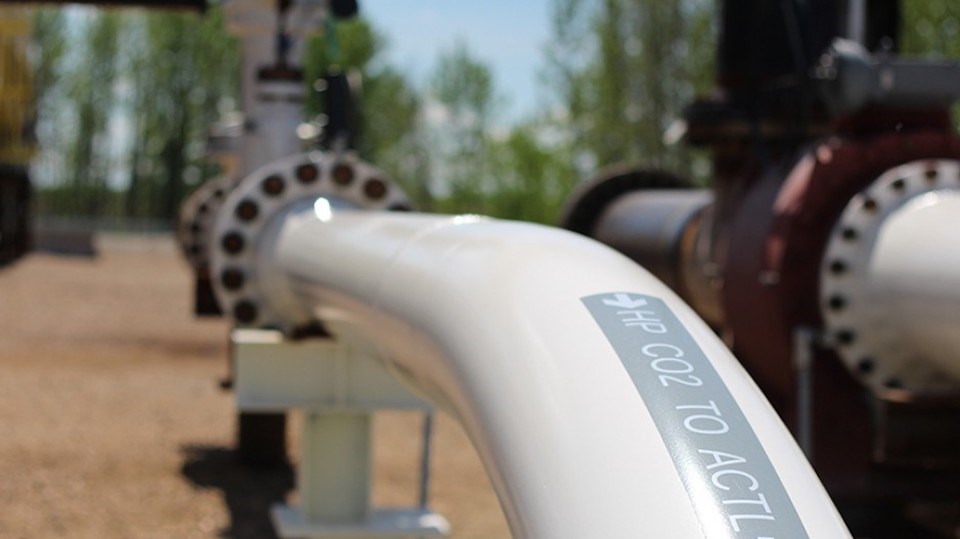Twelve clean fuel production projects in B.C. will be funded under a new $800 million federal fund clean fuel fund announced today in B.C.
The 12 projects include the production of five types of low carbon fuels: hydrogen, renewable natural gas, sustainable aviation fuel, biodiesel and ethanol.
Natural Resources Minister Jonathan Wilkinson made the announcement Monday. The $800 million in funding announced today is the first tranche of the earlier announced $1.5 billion Clean Fuels Fund.
"This significant funding represents the first outlay of capital from this fund and I look forward to announcing the allocation of the remaining funding in the weeks to come," Wilkinson said.
"I look forward to being able to share more details on specific projects, as well as to announce the next tranche of projects, in the weeks to come."
The funding will be spent on 60 projects across Canada, including 12 in B.C., to help "de-risk capital investment required to build new or expand clean fuel production facilities," Wilkinson said.
It was not divulged how much of the $800 million will go to B.C. projects.
Wilkinson also noted that NRCan had already previously invested $9 million in six organizations for 10 new hydrogen and natural gas fueling stations stations in British Columbia, Ontario and Alberta.
Those fueling stations include a new HTEC hydrogen fueling station that serves drayage trucks at the Port of 91原创, and a new FortisBC compressed natural gas (CNG) fueling station for commercial trucks on Annacis Island.
“While electrification will be a chosen route in some sectors, clean fuels will play a role, a very significant role, in many areas going forward,” Wilkinson said.
Heavy duty long-haul trucking, for example, is one sector that would be very difficult to electrify, which is why hydrogen fuel cells are considered the most likely option for decarbonizing that sector.
Aviation is also one of those hard-to-abate sectors. For that sector, low or zero carbon fuels are likely to be one option. Carbon Engineering, for example, is working with a U.S. partner to produce a carbon neutral aviation fuel from captured CO2 and hydrogen.
Clean or low-carbon hydrogen can be produced either through electrolysis (using water and electricity) or from natural gas. The CO2 from the latter can be captured and stored to make "blue" hydrogen. But as Wilkinson noted, for carbon capture, geological sequestration capacity is needed.
Dedicated CO2 pipelines are also needed. Alberta has a dedicated CO2 pipeline -- the Alberta Carbon Trunk line -- that is already in use. B.C. has geological sequestration capacity in old natural gas wells, but has no dedicated carbon pipeline, putting it far behind Alberta when it comes to blue hydrogen production. It does have significant hydro power resources, however, so it may be that hydrogen production in B.C. will be in the form of "green" hydrogen.
"Regionally, each of our provinces and territories has a unique mix of their own natural resources, and so the opportunities that are available to them are going to be different across the country," Wilkinson said. "What will be a big opportunity in Alberta will be very different in terms of the opportunities that present themselves in Nova Scotia."
Wilkinson noted there is another way to produce hydrogen from natural gas, without requiring carbon capture and storage, and named a B.C. company that has developed such a process: Ekona Power, which uses methane pyrolisis to produce both hydrogen and solid carbon from natural gas.
"The issue right now is we produce it (hydrogen) from natural gas and we don't capture the CO2," Wilkinson noted. "So the first step is actually putting in place systems where we actually are utilizing it for existing applications where we're actually either capturing the CO2, or doing what companies like Ekona are trying to do, which is drop the carbon out as a solid, so that you can actually use hydrogen without the the carbon emissions that cause climate change."



